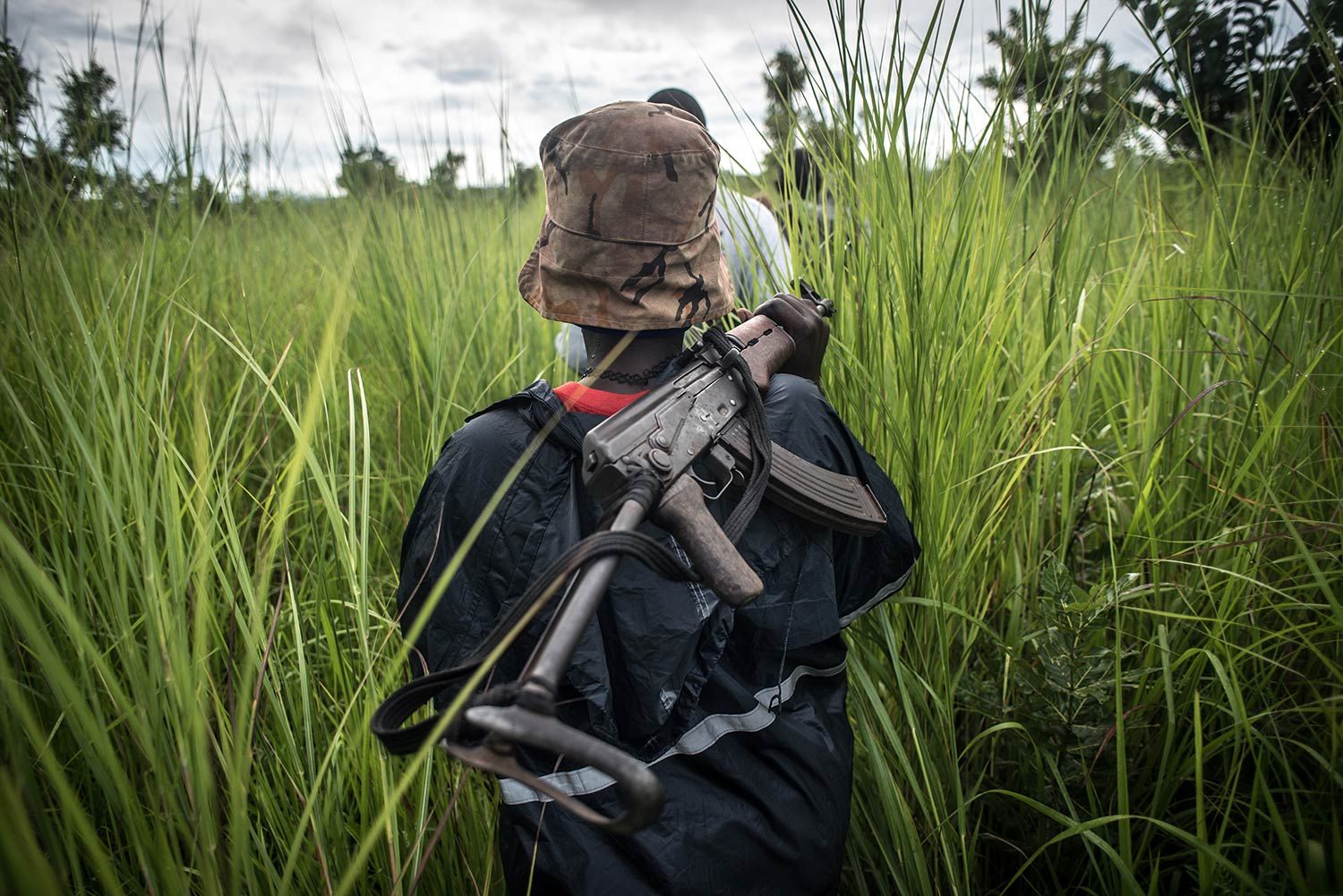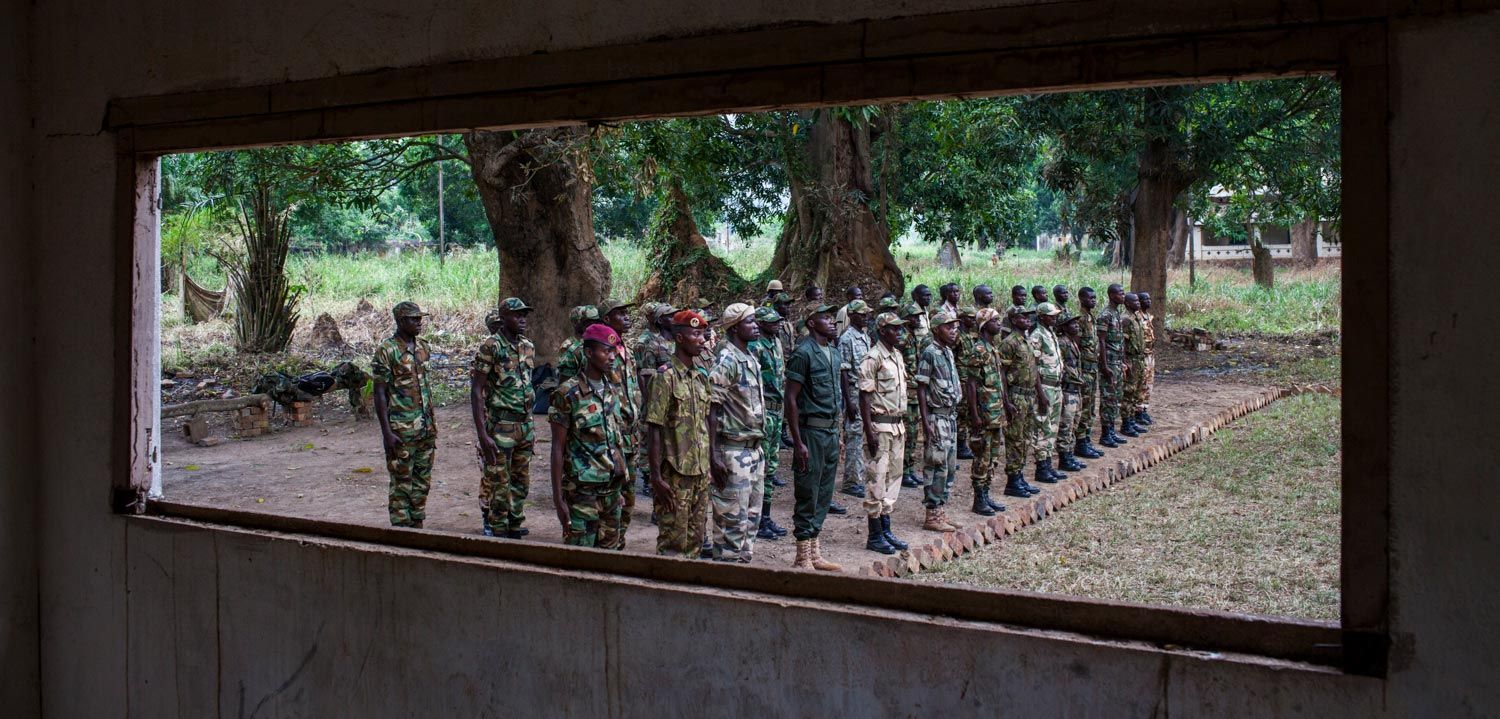This website does not support Internet Explorer, your current browser.
Please view the site with a modern browser such as Google Chrome or Mozilla Firefox.
Peace operations
Case Illustrations
Peace operations were used in both South Sudan and Central African Republic (CAR) to help prevent or respond to mass atrocities. Read the brief illustrations below to learn how this tool was used in these cases:
South Sudan (2011–present)

A SPLA-In Opposition soldier walks with her weapon through the elephant grass in rebel-held Magwi county of South Sudan’s Eastern Equatoria state on August 28, 2017. —Jason Patinkin for US Holocaust Memorial Museum
When South Sudan became an independent country in 2011, the UN Security Council (UNSC) established the UN Mission in South Sudan (UNMISS) (Resolution 1996, 2011). With an initial size of 7,000 peacekeepers, UNMISS was authorized under Chapter VII and mandated primarily to support peace consolidation, economic development, and governance capacity-building. In 2013, civil war broke out in South Sudan after a political feud between President Salva Kiir and Vice President Riek Machar. This divided the ruling party along ethnic lines and led to government forces and militia on both sides to attack civilians based on ethnic identity. Thousands of civilians immediately took shelter on UN compounds, which became impromptu “protection of civilians sites.” UNMISS’s decision to shelter fleeing civilians may have saved many lives in the moment, but the mission is also criticized for its inability to protect civilians across the country and against later attacks on protection of civilians sites (Murphy 2017; MSF 2016; Wells 2017).
Central African Republic (2014–present)

Rwandan African Union soldiers training, Bangui, CAR. 2014. —Michael Christopher Brown for US Holocaust Memorial Museum
In March 2013, after the Muslim-majority rebel group Seleka seized control of CAR’s capital, mostly-Christian “Anti-balaka” militias emerged (Arieff and Husted 2016; MINUSCA). Both sides of the conflict have committed atrocity crimes, wreaking collective punishment against civilians of the other group (Arieff and Husted 2016). In response to the violence, with US support, the UNSC passed Resolution 2149 (2014) establishing the UN Multidimensional Integrated Stabilization Mission in the Central African Republic (MINUSCA) under Chapter VII. MINUSCA’s initial mandate provided for 10,000 peacekeepers who were tasked with protecting civilians, supporting the transition process, facilitating humanitarian assistance, promoting human rights, supporting international justice, and assisting in demobilization. Subsequent resolutions have increased the size of the force, the scope of its mandate, and the mission’s duration. MINUSCA has contributed to a decrease in violence in CAR, through support for disarmament activities, civilian protection, and community violence reduction programs (IPI 2018). Yet, the operation has faced challenges in deploying country-wide, enforcing disarmament, protecting peacekeepers, and dealing with sexual exploitation of civilians in CAR by peacekeepers (Arieff and Husted 2016).